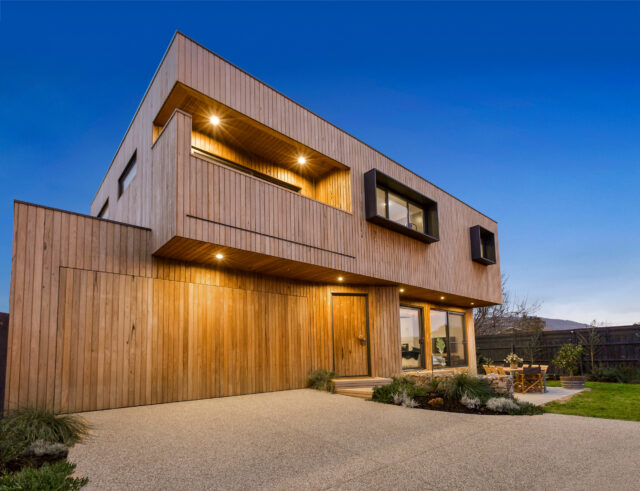
Timber cladding is a popular choice for exterior home design and has been used for centuries due to its durability and natural aesthetic appeal.
It is a versatile and sustainable material that can be used to enhance the appearance of any building. There are several types of timber cladding available, each with its unique benefits and drawbacks.
In this article, we will discuss the different types of timber cladding and compare their qualities.
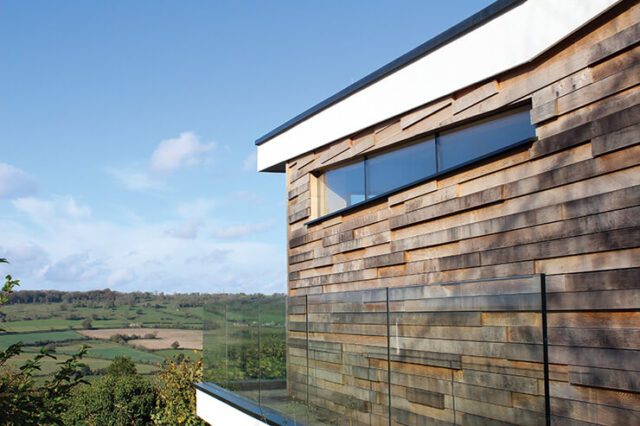
- Softwood Cladding: The Affordable and Easy-to-Work-With Option
Softwood cladding is a popular choice for many homeowners due to its affordability and ease of use. Softwood includes timber from trees such as pine, spruce, and cedar. It is a lightweight and easy-to-work-with material that can be cut, drilled, and nailed without difficulty.
One of the main advantages of softwood cladding is its affordability. It is a cost-effective option that can be used to create a natural and timeless look. Additionally, softwood is readily available, making it easy to source and purchase. Weatherboard cladding.
However, one of the downsides of softwood cladding is its susceptibility to rot and decay. It requires regular maintenance, including painting or staining, to protect it from weather and insects.
- Hardwood Cladding: The High-End and Long-Lasting Choice
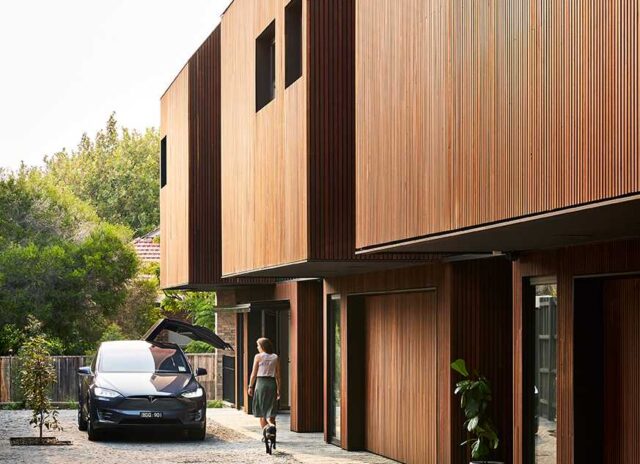
Hardwood cladding is a premium option that offers exceptional durability and longevity. It is typically made from timber sourced from trees such as oak, teak, and mahogany.
Hardwood is a dense and hard-wearing material that can withstand harsh weather conditions and resist insect infestation. One of the main advantages of hardwood cladding is its durability. It requires minimal maintenance and can last for decades with proper care.
Additionally, hardwood is naturally resistant to rot and decay, making it an excellent choice for homes in humid or damp environments.
However, hardwood cladding is considerably more expensive than softwood cladding. It can also be challenging to work with due to its density and hardness, requiring specialised tools and skills.
- Thermowood Cladding: The Sustainable and Weather-Resistant Option
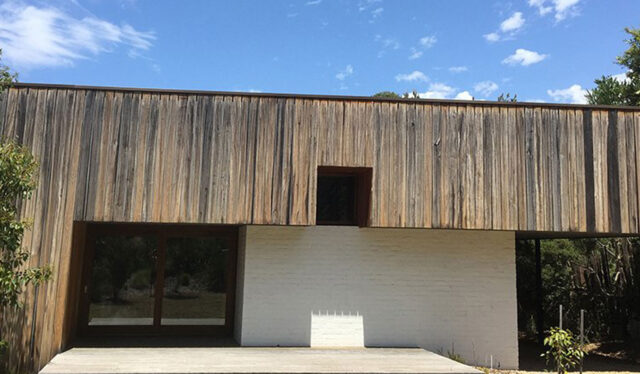
Thermowood cladding is a sustainable and weather-resistant option that is gaining popularity among homeowners. It is made from softwood that has been treated with heat and steam to increase its durability and stability.
One of the main advantages of themowood cladding is its sustainability. It is an eco-friendly choice that is made from renewable materials and has a low carbon footprint. Additionally, thermowood is naturally resistant to rot and decay, making it an excellent choice for homes in damp or humid environments.
Thermowood cladding also has excellent dimensional stability, meaning it is less likely to shrink, warp, or twist over time. It is also resistant to UV radiation, making it an ideal choice for homes in areas with strong sunlight.
- Accoya Cladding: The Innovative and High-Performance Choice
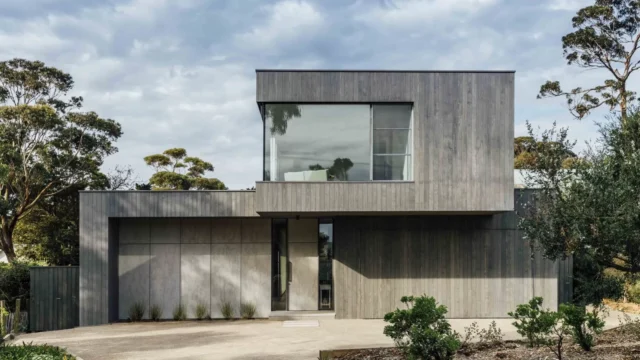
Accoya cladding is an innovative and high-performance option that is made from sustainably sourced softwood. It is a modified timber that has been treated with acetic anhydride, making it highly resistant to rot, decay, and insect infestation.
One of the main advantages of Accoya cladding is its high performance. It has excellent durability, stability, and dimensional accuracy, making it an ideal choice for homes in harsh environments. Additionally, Accoya cladding is highly resistant to moisture, meaning it can withstand exposure to water without warping or rotting.
Accoya cladding is also an eco-friendly choice, as it is made from sustainably sourced timber and has a low carbon footprint. However, it is a premium option and can be more expensive than other types of timber cladding.
What are the benefits of Cladding?
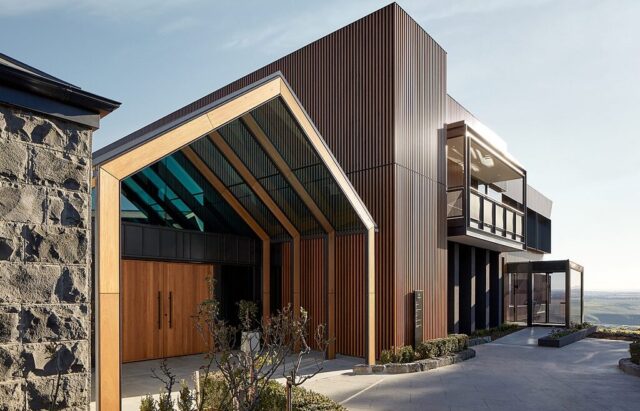
Firstly, timber cladding provides a natural and attractive look to the exterior of a building, creating an inviting and welcoming appearance. It also is customizable – with many different types of timber available in a range of colors, textures, and sizes – allowing you to tailor the look of your home or property to your exact specifications.
In addition to its aesthetic qualities, timber cladding has natural insulation qualities that can help keep buildings warm during the winter months while helping reduce air conditioning costs in summer. The breathable material helps circulate air throughout the structure, reducing humidity levels that can accumulate inside sealed buildings.
Finally, it is relatively low-maintenance compared to other materials such as cement or brick since it does not require repainting or resealing regularly. Regular cleaning with mild detergents should be enough in order to keep your cladding looking its best for years to come.
Tips for Installing and Maintaining Timber Cladding
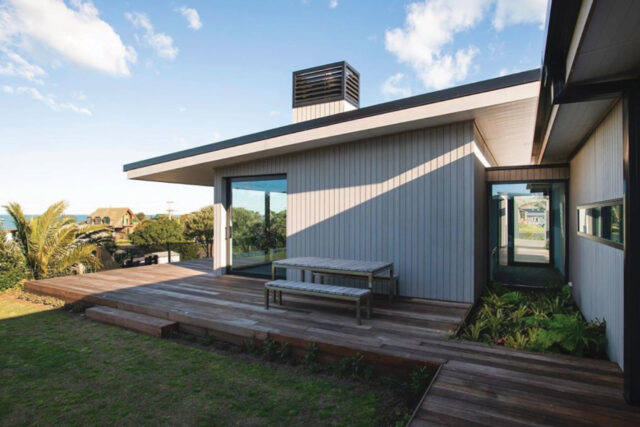
-Make sure the surface of your timber cladding is clean and free from dirt and debris before installation.
-If the timber cladding is to be painted, use high-quality water-resistant paint for maximum protection against moisture damage.
-Lay out the pieces of timber cladding carefully to ensure a successful installation, making sure to leave enough space between them for expansion or contraction due to temperature changes.
-Before attaching the pieces of timber cladding with nails or screws, pre-drill pilot holes in order to avoid splitting the material.
-Once installed, regularly inspect the area around your timber cladding for signs of damage such as broken boards or loose fastenings which may require repair or replacement.
-Clean your timber cladding occasionally using a mild detergent and soft brush – avoid using harsh chemicals which could cause discoloration or other damage to the surface of your cladding materials.
Choose the Right Type of Timber Cladding for Your Home

In conclusion, choosing the right type of timber cladding for your home will depend on several factors, including your budget, the environment in which your home is located, and your desired aesthetic.
Softwood cladding is an affordable and easy-to-work-with option, while hardwood cladding is a high-end and long-lasting choice. Thermowood cladding is a sustainable and weather-resistant option, while Accoya cladding is an innovative and high-performance choice.
No matter which type of timber cladding you choose, it is essential to ensure that it is installed correctly and maintained regularly. This will help to protect it from weather and insect damage and ensure that it lasts for years to come.






